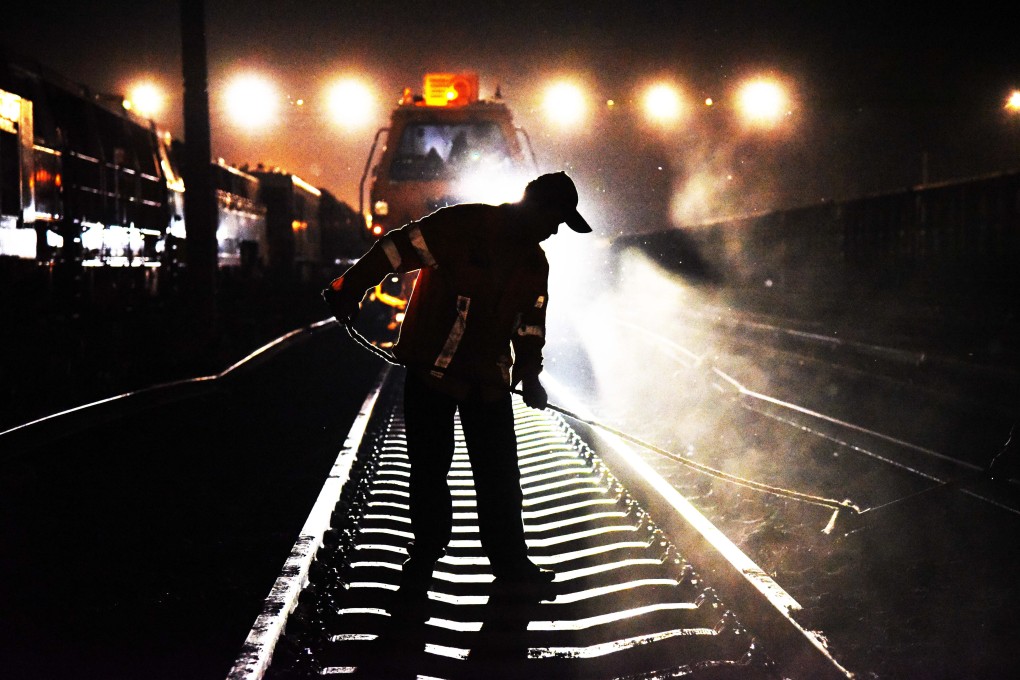Review | The Emperor’s New Road: the inside story of Xi Jinping’s Belt and Road Initiative
Jonathan Hillman’s new book offers a reality check on Beijing’s global infrastructure projects, describing: ‘Ports without ships, trains without passengers, airports without flights, and free trade zones largely free of trade’

The Emperor’s New Road by Jonathan Hillman, Yale University Press. 4.5/5 stars
In The Emperor’s New Road, Jonathan Hillman, of United States think tank the Centre for Strategic and International Studies, sets out to explain the initiative, and manages to make its dry politics and economics unexpectedly entertaining.
His account is the antithesis of the monotonously upbeat announcements broadcast from China almost daily. He finds striking parallels between China’s present projects and Europe’s past colonial expansion, and describes political pratfalls aplenty.

No mere desk-bound theoretician, he provides personal accounts of visits to key projects across Africa and Asia, struggles with bureaucracy and mutual suspicion at China’s borders, bringing all their logistics to life. Contrary to the dreary enthusiasm of official accounts, he sees ports without ships, trains without passengers, airports without flights, and free trade zones largely free of trade.
